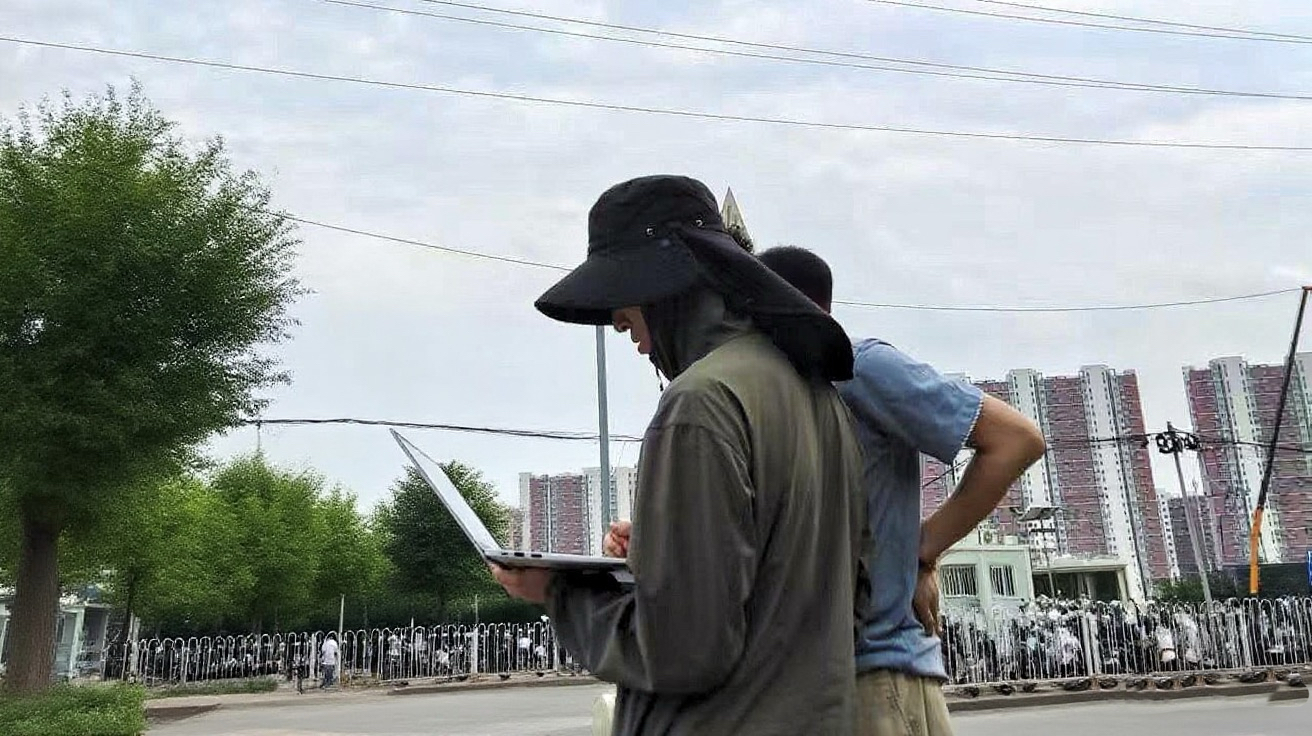Common intrusion detection scenarios you can solve with just a radar sensor
Linpowave Application Engineering Team
24 Jul 2025
Reading Time: 3 minutes
Intrusion detection plays a vital role across sectors—from protecting critical infrastructure and outdoor installations to safeguarding agricultural and conservation areas. Detecting when a human, vehicle, or animal crosses into a restricted zone is essential for safety, asset protection, and environmental monitoring.
Many assume that only high‑end video analytics or thermal imaging can meet these needs, but a standalone millimeter‑wave radar sensor often provides a simpler, more robust solution. Below, we explore four typical applications you can address with just a radar module—no camera, no complex AI, and minimal wiring required.
1. Large‑scale perimeter protection
In wide‑open spaces such as solar fields, water treatment plants, or logistics yards, environmental factors like glare, dust, and shadows can blind optical sensors. A millimeter‑wave radar emits and receives electromagnetic waves that penetrate dust and ignore lighting, reliably tracking objects over areas up to 20 meters. By defining virtual detection zones, you receive a clean “in” or “out” alarm whenever motion crosses your set boundary—day or night, rain or shine.
ry it with ourVehicle 4D mmWave Radar V100 Ningbo Linpowave, offering 0.2–100 m configurable range and ±0.18 m accuracy for robust long‑distance detection.
2. Concealed‑area monitoring
Traditional motion detectors fail when objects obscure the direct line of sight—think chain‑link fences, hedges, or temporary barriers. Radar excels in these scenarios by sensing movement through non‑metallic obstructions. For example, monitoring a fenced chemical storage area, the radar picks up someone sneaking through foliage without generating false alarms from wind‑blown leaves.
Deploy theVJ80‑Angle Automotive mmWave Corner Radar Ningbo Linpowavefor discreet, side‑spot detection through non‑metal barriers.
3. Mobile asset and vehicle approach alerts
Yards, depots, or construction sites often need to know when vehicles or forklifts enter loading zones. A radar sensor mounted near the entrance can detect both speed and direction of approach, distinguishing delivery trucks from background activity. This enables automated gate control or warning lights without mounting cameras or installing loop detectors under pavement.
Use ourVehicle 4D mmWave Radar V300 Ningbo Linpowavewith up to 350 m range and multi‑beam FoV for precise speed and direction sensing.
4. Wildlife and livestock intrusion
In protected conservation areas or ranch perimeters, cameras can scare or disturb animals and often trigger false positives when wildlife moves near foliage. A radar sensor monitors approaching creatures—whether deer, boar, or stray livestock—and triggers a gentle alert (such as audio or lighting) to deter them, all without capturing any images.
Protect sensitive areas with theT300 Traffic Speed Measurement Radar Ningbo Linpowave—its 300 m range and all‑weather design make it ideal for detecting large‑animal movement.
Why choose radar over other sensors?
-
Weather‑proof performance: Unaffected by darkness, fog, or precipitation.
-
Low‑power footprint: Ideal for solar‑powered or battery‑backed installations.
-
Privacy‑friendly: No image data—only presence and motion vectors.
-
Minimal calibration: Plug‑and‑play setup with simple zone configuration.
-
Reduced false alarms: Motion‑pattern filtering distinguishes real intrusions from environmental noise.
Summary: Simplicity and reliability combined
For many intrusion detection tasks, a single millimeter‑wave radar sensor delivers the reliability of a complex vision system—with none of the maintenance and privacy headaches. Whether you’re securing a perimeter, monitoring concealed zones, tracking vehicle approach, or protecting wildlife habitats, radar can be your one‑sensor solution.
Ready to upgrade your detection system?
Discover our full lineup on theRadar Solutions page.



